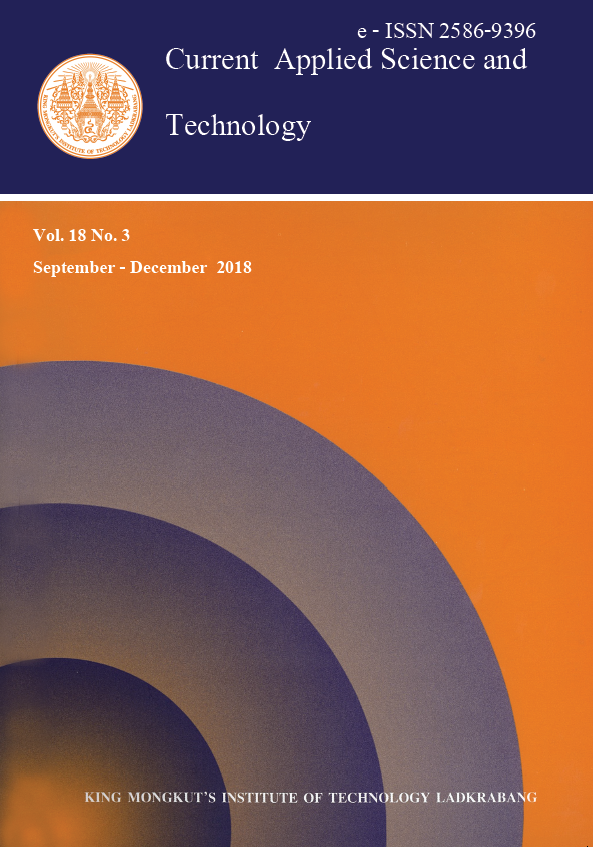Canthium parvifolium Roxb. is a native plant found in the northern region of Thailand. Canthium parvifolium Roxb. has been found to have pectin in the fruits. Accordingly, the botanical characteristics of C. parvifolium and characterization of its pectin were evaluated. It was found that the habit of this plant is shrub with paired straight supra axillary thorns. Leaves are simple and opposite in arrangement with interpetiolar stipule. Young branches and lower surface of leaves are covered with pubescence. The inflorescence is axillary cymose. Calyx is green and limb is very short undulating 5-lobed with subglobse ovary portion. Corolla is tubular with 5 lobes, green to white or yellow in color. There are 5 stamens inserted at corolla throat. The ovary is inferior, 2-loculate with only 1 ovule each. The edible fruits are ovoid in shape and the skin is green or yellow, depending on maturity. The fruits of C. parvifolium were used as plant materials for pectin properties. The extracted pectin was designated as pectin with high degree of esterification due to its low moisture of 10.00% and the approximately 76.92% degree of esterification (DE) with methoxyl content around 7.06%. In addition, C. parvifolium yielded pectin around 38.00%. The chemical structure of pectin was studied through Fourier Transform Infrared (FTIR) spectroscopy and 1H NMR spectroscopy. On the other hand, the molecular vibration was confirmed by using Density Functional Theory (DFT).
Keywords: Canthium parvifolium, botanical characteristics, pectin, density functional theory
*Corresponding author: Tel.: 05-377-6011 Fax: 05-377-6012
E-mail: em_waleepan_r@crru.ac.th
Rakitikul*, W. ., & Palee, J. . (2018). Botanical Characteristics and Pectin Properties of Canthium parvifolium Roxb.. CURRENT APPLIED SCIENCE AND TECHNOLOGY, 156-166.
